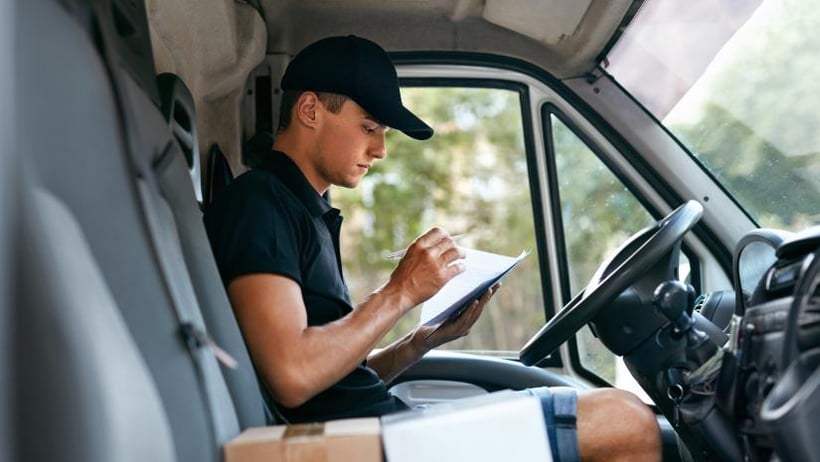
According to new guidelines released by the World Health Organization (WHO), prevention of COVID-19 from entering food businesses must be the essential focus for all businesses that conduct food deliveries during the COVID-19 pandemic. COVID-19 enters a food business in two ways: by a person who is infected or a contaminated food item or product. Delivery businesses must understand the risks that food deliveries pose to food businesses, and implement preventative measures to stop the spread of COVID-19 in this way.
What does this mean for food deliveries?
Because food deliveries require both a delivery person and food items and products to come into a food business, there is a significant risk of transmitting COVID-19 through receiving deliveries. Extreme precautions must be taken by all businesses to not introduce the virus into the food premises. The two points of possible transmission — delivery personnel and food items/products — both have their own set of preventative measures, according to WHO.
Delivery Personnel Precautions
The main way that the coronavirus is spread is through a person coming into contact with infected surfaces, objects, or droplets from a person’s cough or sneeze. This means that delivery personnel poses a high risk of bringing COVID-19 within the premises. Delivery drivers can become infected in a variety of ways including:
- touching surfaces that are considered high-touch (e.g. mobile devices, steering wheels, car door handles, doorbells, elevator buttons)
- shaking or touching hands with the person receiving the delivery
- disregarding physical distancing measures when conducting the delivery
To prevent this, the most essential thing is that delivery drivers are trained on COVID-19, including how it is spread and what the signs and symptoms of the virus are. They also must be trained on hygiene measures such as the proper way to wash hands and coughing and sneezing etiquette. Lastly, delivery drivers must understand how important physical distancing is for the health and safety of themselves and the food businesses receiving the deliveries.
Food delivery personnel must also be provided with detailed instructions on how they are to conduct deliveries and what is expected of them. Instructions should include:
- staying inside the vehicle
- not moving food items and/or packages into a food business
- applying hand sanitizer before handing over any items (e.g. papers to sign off on the delivery)
- using personal protective equipment (PPE) if it is provided
It is the job of supply businesses to provide delivery drivers with the items needed to conduct their job safely and properly. Drivers should be provided with hand sanitizer, disinfectant, and paper towels. They should also be provided with personal protective equipment (PPE) and trained on how to properly use them.
Food items and packaging precautions
Food items being delivered and the packages they are transported in also pose a risk of spreading COVID-19. Businesses must make informed decisions when deciding what types of packaging to use to transport food deliveries. Establishments should do the following:
- use disposable containers and packaging whenever possible
- properly clean, sanitize and disinfect all reusable containers that are used
- disinfect and clean all containers used to transport food
- ensure that food is protected from sources of contamination
The above lists include essential information that all businesses conducting food deliveries need to consider and implement. In combination with the release of this essential information, WHO also conducted a webinar to address questions around this information and other vital facts about the food industry and COVID-19.




